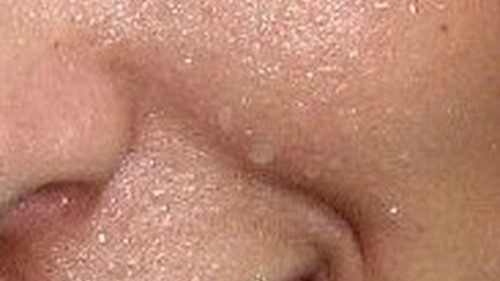The Bill of Rights is part of the U.S. Constitution. It protects the basic rights of all people in the U.S. These rights are shared in ten sections, called Amendments. The First Amendment protects a few important rights. Two of the rights it protects are freedom of speech and freedom of the press. These rights are about people’s freedom of expression. People can express themselves in different ways. They can express their beliefs in newspapers and in magazines. They can protest. They can practice their religion.
The rights protected by the First Amendment are important. However, there are limits to these rights. Who decides these limits? The Supreme Court does. The Supreme Court is the highest court in the U.S. It makes decisions about what is or is not allowed, based on the Constitution. Sometimes, the Court’s decisions create limits on certain rights. In 1983, a group of high school students tested these limits. They thought their school principal had denied their right to freedom of expression.
These students were Cathy Kuhlmeier, Leslie Smart, and Leanne Tippett. They all worked on their school newspaper. They planned on publishing some articles on sensitive topics in the newspaper. For example, one article they planned to publish was about divorce. The school principal decided not to publish these articles. He thought those topics were not appropriate for a school newspaper. The students disagreed. They believed they had the right to publish the stories. They thought the principal’s actions went against their First Amendment right to freedom of the press. So the three students sued the school district.
Their case went through the court system. It made its way to the Supreme Court. The Supreme Court made the final decision on the case. The Supreme Court disagreed with the students. The Court wrote that a school newspaper was not the same as a regular newspaper. It said that a school newspaper was meant for education. The school newspaper was not meant to be read by the public, so it did not have the same First Amendment rights. The Court decided that schools can restrict students’ speech if they think the speech hurts their educational mission. This decision limited students’ First Amendment rights in school.









